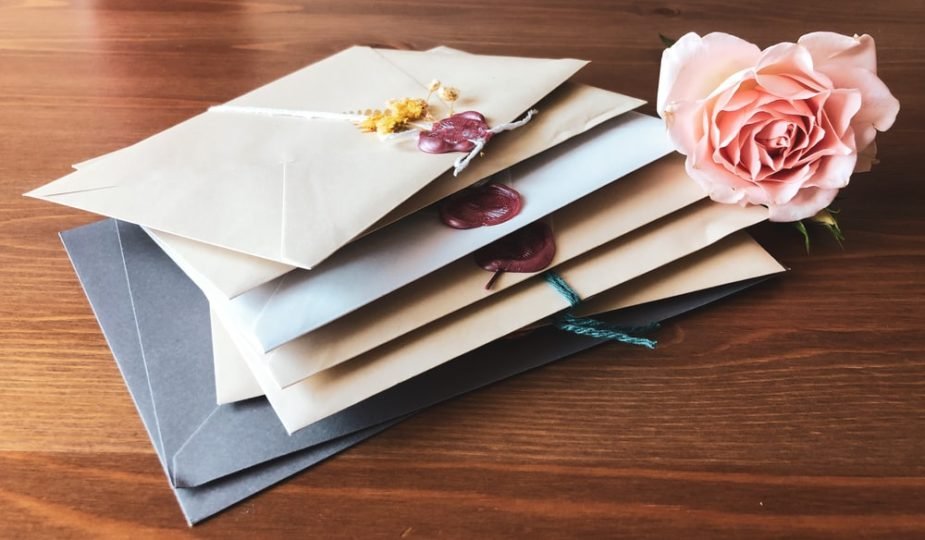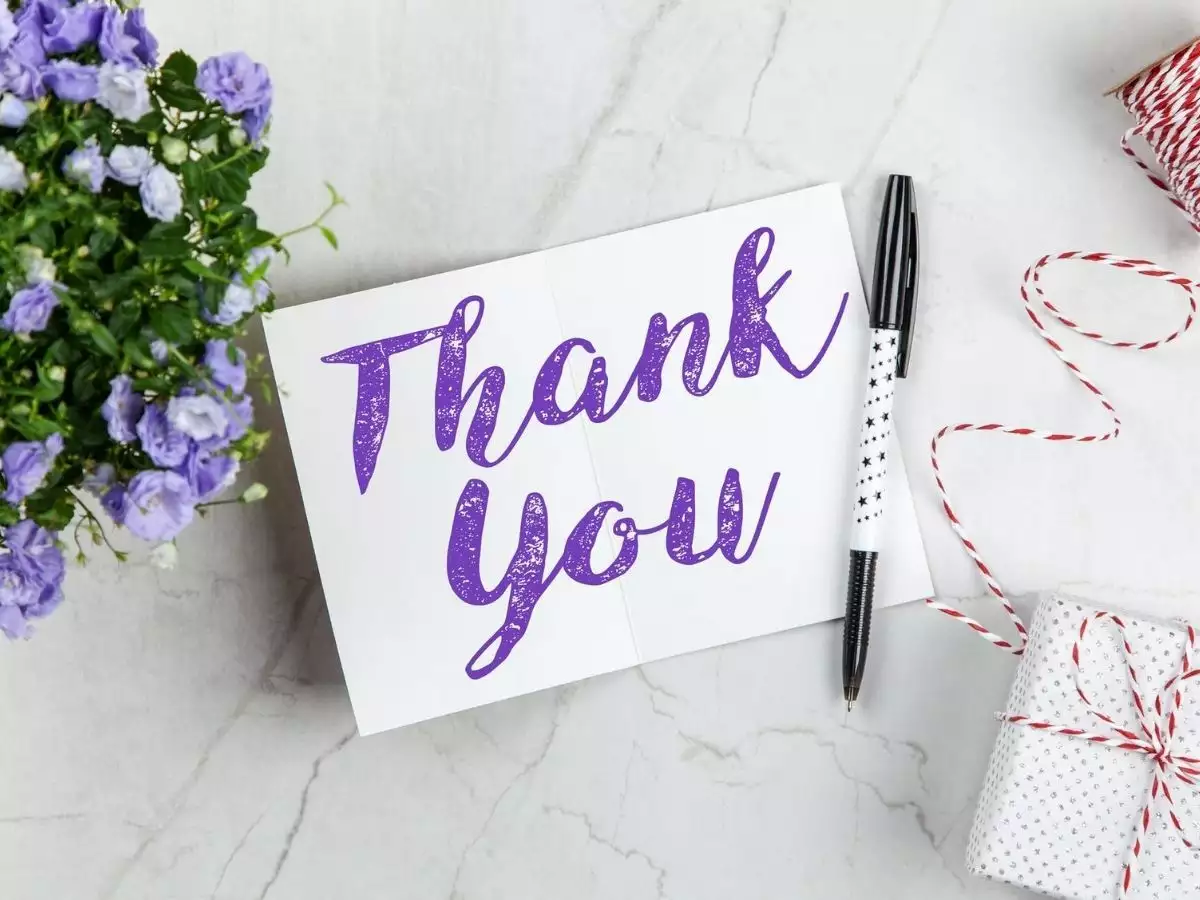
Top Design Tips for Creating Best Selling Greeting Cards
In the age of email and instant messaging, one could be forgiven that the days of sending a bright envelope containing a greeting card with a personal note on birthdays and other special occasions are over. However, the paper greeting card industry is very much alive, with U.S. sales pegged at $4.5 billion in 2019, according to Forbes. Even the simplest of greeting cards does a great job in expressing human emotions; happiness, sympathy, thanks, love, humor, congratulations, to mention just a few. Sending a greeting card to family, friends, clients, customers, employees, and partners remains an integral part of our culture and customs. Designing greetings cards can be an interesting occupation and you can benefit from these tips:
Incorporate Attention-Grabbing Colors and Design Elements
The first thing buyers and receivers notice about greeting cards is their visual appeal. People like cards that are high on this aspect. You can enhance the visual appeal of the greeting card you are designing by incorporating attractive design elements and using an attractive color palette. Do keep in mind that even though men tend to like darker colors than women, there is no fixed rule, and you can experiment till you arrive at a design that looks great. However, it is important to match the design to the occasion. For example, you will appreciate that the colors and design of a birthday card will be different from a sympathy card.

Compelling Copy Is Essential
The visual elements are just one aspect of the greeting card. What makes it complete is the text that conveys the message to the recipient. The more successful greeting cards are those that have a compelling copy. Depending on the occasion for which the card is designed, you will need to compose content that will lift it out of the ordinary and tug at the recipient’s emotions. You can use humor to good effect in many card designs. Whatever be the message, it must be brief, interesting, relevant, original, and error-free. There is nothing as horrendous as a card that looks good but has poor sentence structure or spelling mistakes.
Strike a Balance between the Outside and Inside of the Card
Another important design tip is that you must maintain a proper balance between the outside and inside of the card as far as the visual elements and text messages are concerned. Carrying over the design elements from the outside to the inside to maintain continuity is a common but effective design method. Even the copy can start on the front of the card and carry on inside. Most card designers keep the back of the card blank, but you can use it to good effect to create a nice surprise. The design elements and text should be such that there is a proper balance with plenty of white space. Ideally, you should limit the length of the copy to reserve enough space inside for adding a hand-written personal note. Using all the four surfaces of a folded card can give you more room to experiment with fancy design elements but remember not to overdo them.

Focus on the Top Third of the Card
If you are designing wholesale greeting cards, you will need to think about how the cards will look when kept on the retailers’ shelves. Since, conventionally, greeting card displays have overlapping rows; customers can see only the top third of the card. You should focus on designing the front of the card so that at least some portion of your design is visible to customers on the top third of the card as they browse the collection. The more the design is visible, the better the chance of the greeting card getting noticed and picked up. However, even with this in mind, you don’t need to avoid a minimalist design. Even if you need to keep the top of the card devoid of any specific design element, you can still use colors to attract eyeballs.
Avoid Infringing Copyrights
When designing cards, many things will inspire you, but you must always make sure that you do not use the intellectual property of others. It may be tempting to use images or characters belonging to third parties, but you could end up being sued for copyright infringement, which is not only embarrassing and disruptive but also potentially expensive to settle. You must be extra careful of using the photos of famous personalities, cartoon characters, lyrics of songs or poems, or even brand logos of popular products. Getting the right to use them is the best method.
Conclusion
There is no end to the creativity you can bring to card designs. You can also think of using handmade or recycled paper to attract the custom of people who are conscious about sustainability issues. There are also quite a few methods to punch designs on cards and laminate them with special inks and coatings to boost their looks.









